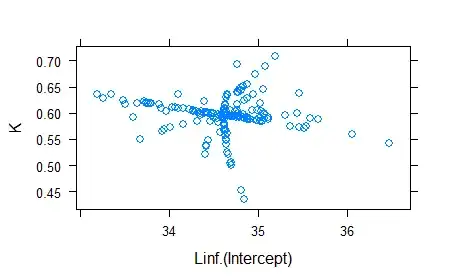Entropy of probability distributions is the weighted average of the log probabilities of each observation of a random variable. Does this mean that every random variable that has a probability distribution function (p.d.f.) can be measured with entropy? Are there types of pdf's that cannot be measured with entropy?
How about random variables that have a cumulative distribution function (c.d.f.) only? Does entropy apply somehow to those with only a cdf?
